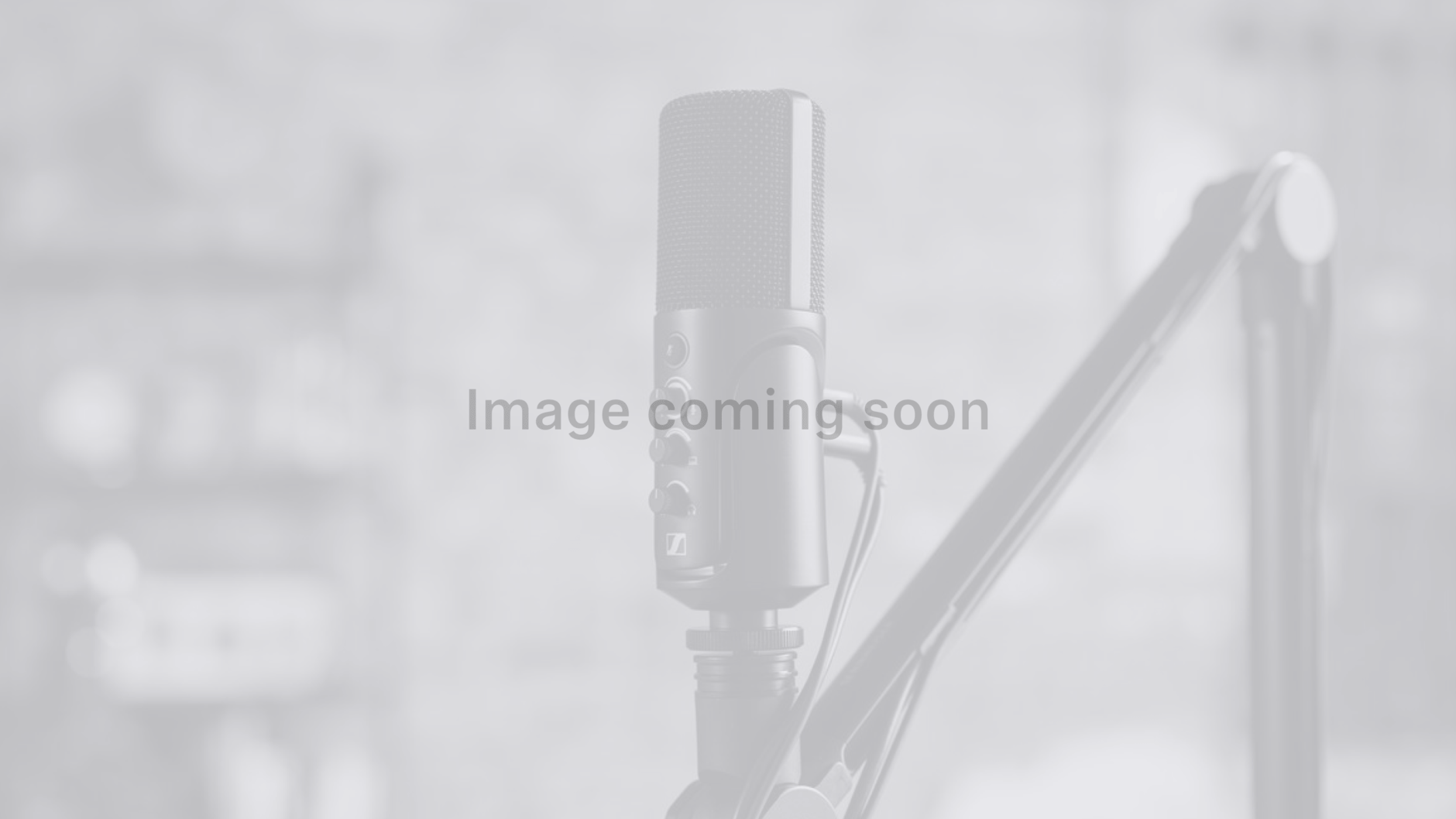Please Note: Last shipping date is Dec 23rd, regular deliveries will resume Jan 5th 2026
/Commerce/Cart/CartIsClosedMessage
Cart
Your cart is empty
AMBEO for Loudspeakers is an effective way to capture music for immersive loudspeaker setups, to transport your listeners to the venue where it was originally recorded. These recordings give music the natural sound of the original performance in full spatiality. AMBEO invites you to experience a new quality in music – be it classical concerts or even festivals, AMBEO gives you the feeling of “being there” when listening to it.
For mixing the MKH 800 TWINs in an AMBEO Cube or AMBEO Square, we recommend using the AMBEO Pattern plugin which enables you to conveniently select the pick-up patterns and control the intensity of the immersive effect. Each microphone channel should be panned to one dedicated loudspeaker. In a Dolby Atmos environment you might have to create four objects to replicate the height channels.
AMBEO Pattern pluginWith a square recording, you should duplicate the four microphone tracks. Using the AMBEO Pattern plugin , you can create four pickup patterns facing front and, from the same microphones, four pickup patterns facing back for the rear speakers. Each of these channels should be dedicated to one speaker only.
AMBEO Pattern pluginThere are different solutions to decode Ambisonics for loudspeaker playback. Harpex is an AMBEO certified DAW plugin that enables you to render directly to loudspeakers from AMBEO VR Mic channels. Render the Ambisonics signal to either 5.1.4 or 7.1.4 depending on your output encoding and corresponding bed format.
HarpexFor playback, the AMBEO recording set-ups work with both channel-based (like Auro 3D) and object-based (such as Dolby Atmos) immersive loudspeaker solutions. With Auro 3D, every channel or track of your recording will play back through a dedicated loudspeaker. Using Dolby Atmos, the audio objects are transmitted with information about their position. A processor does the actual panning of signals during playback, which allows for great flexibility in the loudspeaker set-up.

